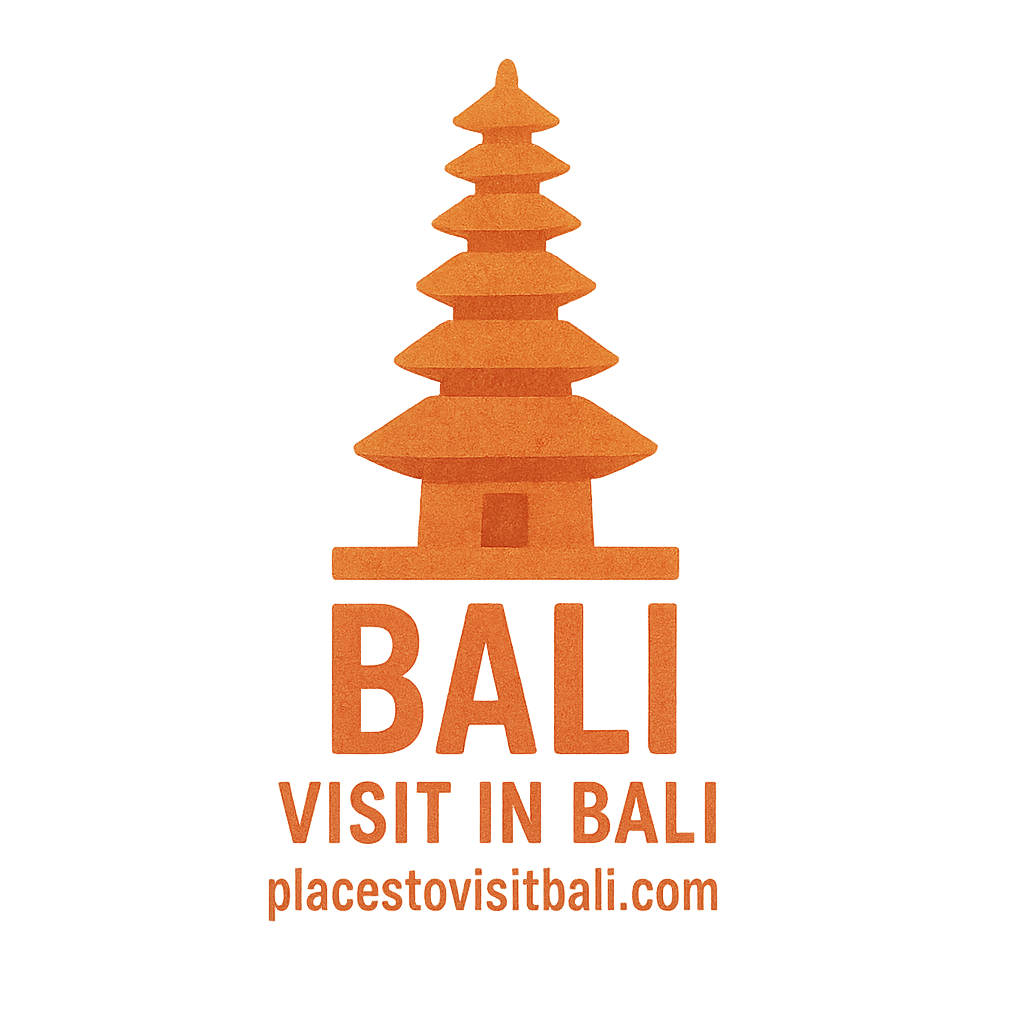Introduction: The Magic of Bali’s Hidden Beaches and Local Artisans
Bali is known worldwide for its stunning coastline, but if you venture beyond the crowds, you’ll discover hidden beaches in Bali that hold more than just crystal-clear waters. These untouched stretches of sand are often located near villages where local artisans practice age-old crafts, offering travelers a rare chance to experience Bali’s living heritage.
Imagine walking off a secluded beach into a small studio where a Balinese artisan is weaving cloth, carving wood, or painting ocean-inspired canvases. These encounters turn a regular trip into a journey of cultural discovery.
Why Bali’s Hidden Beaches Are the Perfect Gateway to Culture
Many of Bali’s quieter beaches remain deeply connected to nearby communities. Unlike the buzzing hotspots of Kuta or Seminyak, these areas still preserve strong cultural traditions. Exploring them gives you the chance to enjoy both natural beauty and authentic cultural exchanges.
Beyond Sand and Surf: Meeting Local Talent
Hidden beaches aren’t just about swimming or surfing—they’re also surrounded by artisans who draw inspiration from the waves, cliffs, and rituals of everyday life. Meeting these creators is like stepping into a live museum, where every piece of art tells a story.
For more on how culture and nature blend in Bali, check out the island’s cultural attractions.
Artisan #1: Traditional Weavers of East Bali
Techniques Passed Down for Generations
Weaving has been part of Bali’s soul for centuries. The intricate designs tell stories of mythology, spirituality, and daily life. Women in Karangasem still weave using traditional wooden looms, preserving a craft that embodies patience and devotion.

Where to Meet Them Near Virgin Beach
Close to Virgin Beach (Pantai Pasir Putih), you’ll find small villages where weaving is still a way of life. These women often welcome visitors to watch, learn, and sometimes even try weaving. Pair your visit with a relaxing day at the beach to experience the perfect balance of culture and leisure.
If you’re a budget traveler in Bali, visiting local weaving villages is not only affordable but also supports sustainable tourism.
Artisan #2: Wood Carvers in Uluwatu
The Spiritual Meaning Behind Wood Carvings
Wood carving is one of Bali’s most spiritual crafts. Every statue, mask, or decorative piece often has symbolic meaning, from protection to blessings. The intricate details showcase the artisan’s dedication and storytelling skills.
Visiting Carving Studios Near Bingin Beach
After surfing at Bingin Beach, walk into small family-run carving studios nearby. These workshops are intimate spaces where artisans transform wood into sacred pieces. Watching them carve feels like witnessing prayer in motion.
Artisan #3: Silver and Goldsmiths in Celuk
Jewelry Inspired by the Ocean
Celuk Village is the heart of Bali’s silver and gold jewelry, but artisans near quieter beaches also create unique designs inspired by the sea—waves, shells, and marine patterns shine through their work.
How to Find Their Workshops Near Hidden Beaches
Stroll through lanes near Sanur’s quieter stretches, and you’ll often find family workshops. Unlike large tourist shops, these jewelers are storytellers, creating pieces that embody both tradition and modern flair.
To discover Bali’s evolving art scene, visiting silversmiths is a must.
Artisan #4: Balinese Batik Makers
The Symbolism of Batik Patterns
Balinese batik is not just clothing—it’s philosophy woven into cloth. Each motif has meaning: waves symbolize life’s constant change, while flora patterns reflect harmony with the natural world.
Batik Experiences Near Padang Padang Beach
Close to Padang Padang Beach, you’ll find batik houses where artisans hand-dye fabrics using wax-resist methods. Some offer short workshops, letting you create your own batik scarf or sarong. It’s a beautiful way to bring home a memory you helped make.
Artisan #5: Pottery and Ceramics Creators
Clay Art Inspired by Nature
Pottery in Bali combines natural earth with creativity. Modern ceramicists often add coastal inspiration—like seashell imprints, coral textures, and ocean-blue glazes.
Meeting Ceramic Artists Near Amed’s Secret Coves
Amed may be famous for diving, but it’s also a hub for hidden ceramic studios. Spend the morning snorkeling in Amed’s hidden coves, then watch artisans spin clay into bowls, plates, and vases.
If you’re into nature travel, this combination of ocean exploration and creative discovery will feel perfect.
Artisan #6: Painters from Bali’s Coastal Villages
Ocean-Inspired Canvases
Painters living near the sea often capture its moods—the calm, the chaos, and everything in between. Their canvases echo the colors of the horizon and the energy of the tides.
Visiting Art Houses Near Nyang Nyang Beach
Nyang Nyang is known as one of Bali’s most untouched beaches. Along the paths leading to the sand, you’ll stumble upon small art houses where coastal painters sell original works. Unlike Ubud’s galleries, these spaces are personal, and often, you can meet the artist behind the brush.
Check out Bali’s collection of museums and galleries if you want to see how coastal painters compare to Bali’s classic masters.
The Connection Between Artisans and Hidden Beaches
Nature as the Biggest Muse
Every artisan we’ve mentioned draws inspiration from Bali’s landscapes. From the sound of waves to the salt in the air, the natural environment shapes their creativity.
Supporting Sustainable Tourism
By visiting artisans near hidden beaches, you contribute directly to local communities. Instead of only spending money in big commercial centers, you’re encouraging cultural sustainability and eco-friendly practices.
For more eco-conscious activities, explore Bali’s nature and adventure spots.
Tips for Meeting Local Artisans Respectfully
Learning Instead of Consuming
When entering an artisan’s workshop, remember—it’s not just a shop; it’s their sanctuary. Ask questions, watch patiently, and respect the process.
How to Support Without Bargaining Down Too Much
Bargaining is common in Bali, especially in local markets, but with artisans, be mindful. Paying fairly ensures their traditions continue for generations.
Why Experiencing Artisans Adds Depth to Your Bali Journey
Bali’s hidden beaches are paradise for the eyes, but meeting artisans enriches your soul. When you buy a handcrafted piece, you’re not just bringing home a souvenir—you’re carrying part of Bali’s living story.
Conclusion: Bringing Home More Than Souvenirs
Exploring Bali’s hidden beaches is already special, but discovering artisans nearby turns your trip into something unforgettable. From weaving villages to carving studios, from batik houses to coastal art spaces, these encounters let you experience Bali’s heart and heritage. Support them, learn from them, and you’ll return home with more than memories—you’ll carry Bali’s spirit with you.
FAQs
1. Where can I find artisans near Bali’s hidden beaches?
Villages around Virgin Beach, Amed, Padang Padang, and Nyang Nyang are home to many artisans.
2. Can tourists try workshops with artisans?
Yes! Some batik makers and pottery studios welcome visitors to learn hands-on.
3. Are artisan experiences expensive?
Not at all. They’re often budget-friendly, making them perfect for budget travelers.
4. Is bargaining allowed with artisans?
Light bargaining is fine, but don’t push prices too low—remember, this is their livelihood.
5. Do artisans near beaches sell unique items?
Yes, many designs are inspired by the ocean, making them distinct from mass-produced souvenirs.
6. Are artisan visits part of cultural tourism?
Absolutely! It’s one of the best forms of culture travel in Bali.
7. How do I best support artisans?
Pay fair prices, share their work online, and encourage others to visit their workshops.


